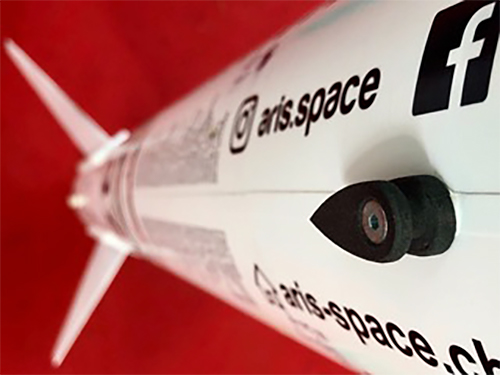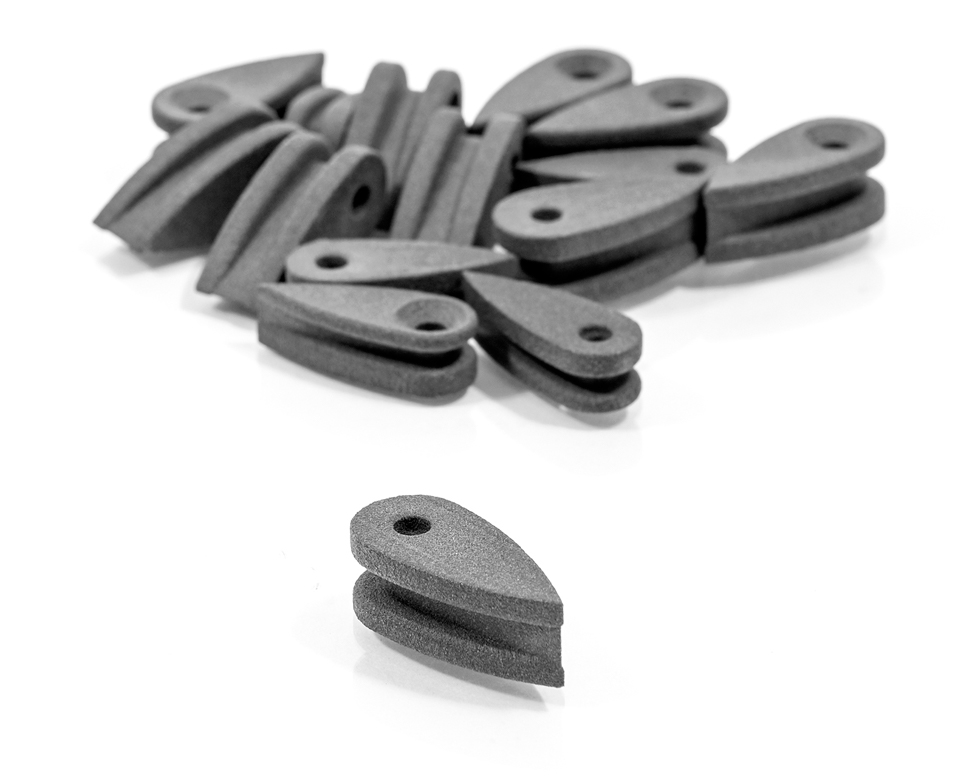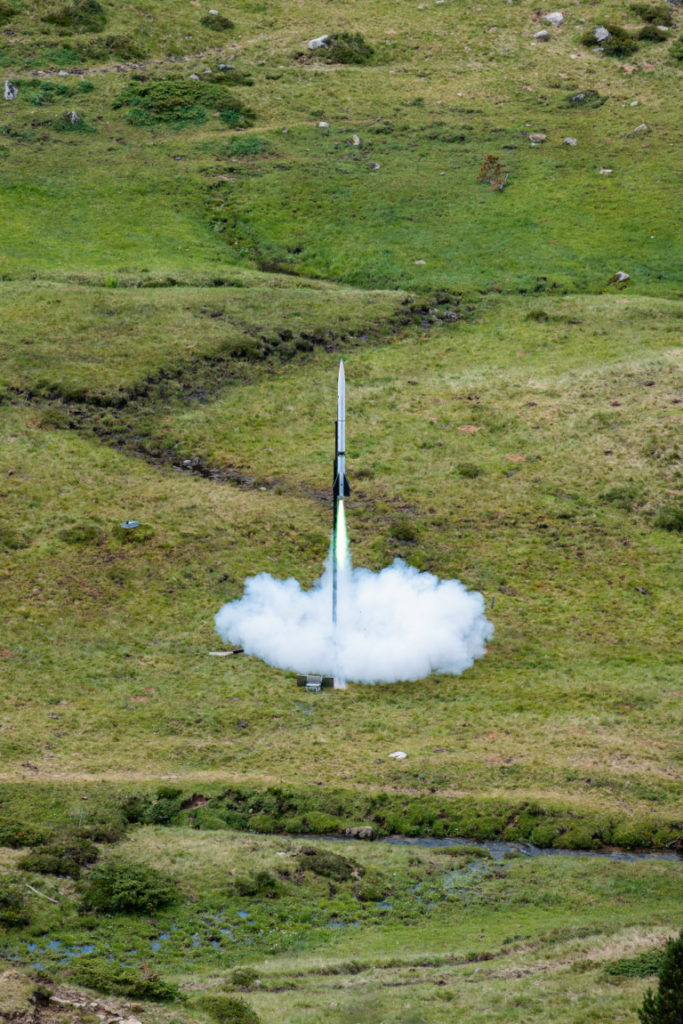
The project EULER aims to build the first supersonic rocket of Switzerland. The project is being held by a team of engineers at the “Akademische Raumfahrt Initiative Schweiz” – ARIS for short –, a student association that continuously explores several aerospace topics in Swiss academia.
Due to the small representation of Aerospace in the curricula of the universities, the association wants to offer more than 120 students from the German speaking part of Switzerland the opportunity to develop, design and test rockets and rocket engines.
The EULER project
Students who read these lines will know that it’s quite complicated to achieve a project of such a scale when access to industrial production methods is limited.
The students at ARIS therefore rely on cost-effective 3D printing technologies to construct their prototypes – both with in-house Fused Deposition Modeling (“FDM”) printers and sponsored selective laser sintered (“SLS”) parts.
That is the way they have been able to produce a mount for a new on-board computer. The 3D printing production and installation in the rocket took a few days before a test run.
For this project, the first 3D printed parts were designed for the inside of the rockets, where material requirements are comparatively low.
According to the students, components on the outside of the rocket on the other hand need to be aerodynamically optimized, as they affect the drag, while being robust enough to withstand the extreme forces during lift-off. FDM printers quickly reach their limits in such applications, which is why Team EULER looked for sponsors in the field of selective laser sintering.
As a manufacturer of SLS 3D printers in the country, Sintratec was uniquely positioned to meet this demand. This is not the first student project that the Swiss company sponsored. The recent one was ETHEC city, a project that consisted in creating prototype of an electric motorcycle.
Sintratec therefore produces the required work pieces on its S2 system (free of charge). The parts sintered with durable nylon powder (Sintratec PA12) are so-called Launch Lugs.

The so-called Launch Lugs were developed by Team EULER and 3D-printed first in FDM, then laser sintered by Sintratec using stable polyamide 12 powder. 
Aerodynamic and robust: The built-in launch lug is stable enough to keep the EULER rocket in the right position during lift-off.
«This is a very crucial part for the rocket’s flight – if the launch lug does not hold in the first few moments, the rocket cannot lift off the launch rail safely», technical lead of physics student Michael Kerschbaum explains.
ARIS ambitions to win the annual Spaceport America Cup (SPAC). Every year, this competition attracts several hundred student teams from all over the world to the desert of New Mexico where their rockets compete against one another in various categories.
«The aim of the project is to develop ARIS’ first supersonic rocket and fly it to an altitude of almost 10,000 meters», Michael states. And even though the Cup could not be held this year due to the COVID-19 pandemic, Michael’s team of 35 motivated students is still committed to this endeavor.

Remember, you can post free of charge job opportunities in the AM Industry on 3D ADEPT Media or look for a job via our job board. Make sure to follow us on our social networks and subscribe to our weekly newsletter : Facebook, Twitter, LinkedIn & Instagram ! If you want to be featured in the next issue of our digital magazine or if you hear a story that needs to be heard, make sure to send it to contact@3dadept.com





